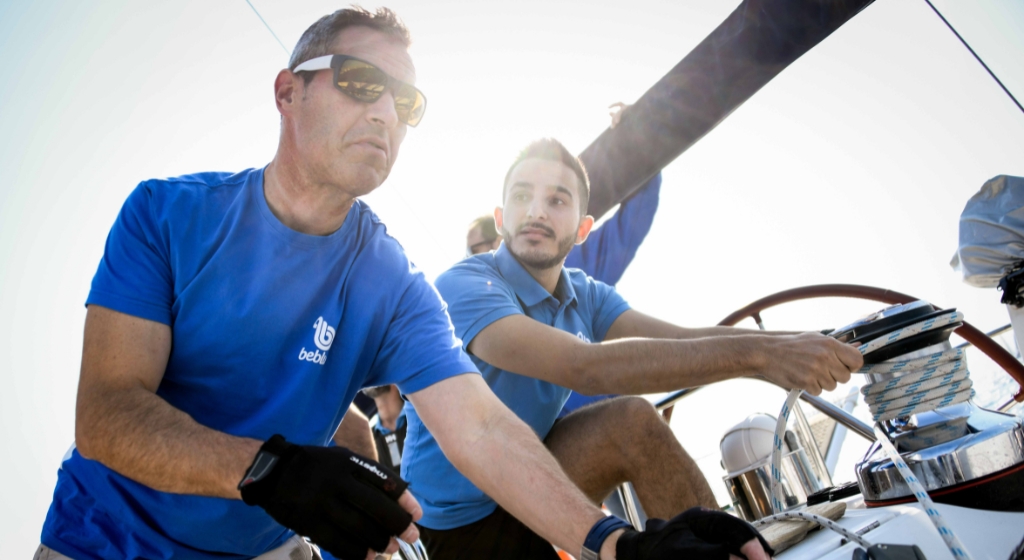Team Building: The Company on a Sailing Boat to Improve Business
In recent years, the term "Team Building" has become part of our daily vocabulary. But what exactly does it mean?

Origins and Applications of Team Building
In a nutshell, it means "building the group" through common and shared experiences. In a professional context, and especially in the commercial sector, "teamwork" is not just a saying: it is a concrete practice that improves the efficiency of the "production machine". This technique, like many others, comes from the USA, where companies have understood the importance of fostering relationships between employees, both at the managerial level and among subordinates. Team building is not reserved only for the top levels of the company: it involves all levels of the organization, although it often focuses more on managerial and executive groups.
Common experiences that strengthen relationships among colleagues can vary widely. For example, a soccer game can be an excellent way to unite the group. However, more engaging experiences tend to have an even deeper impact. Activities like excursions, creative workshops, and interactive training courses are examples of how team building can go beyond simple recreational activities, creating lasting bonds and greater cohesion within the group.
In conclusion, team building is an essential strategy for improving collaboration and efficiency within companies. Through shared experiences, teams become more cohesive, making the entire organization stronger and better able to face challenges with greater determination and unity.
The Value of Team Building: A Sailing Experience
Building an effective team is based on experiences aimed at uniting and increasing team cohesion. Small affinities and shared experiences make the group more homogeneous and, consequently, stronger. A cohesive team is capable of making unanimous decisions for the good of the company, which coincides with the good of the team itself. Sailing represents a unique opportunity to make everyone participate and emotionally connected through the same sensations, significantly improving the cohesion and participation of the group. Living together in limited spaces strengthens friendships and creates an almost military "camaraderie." Sharing topics unrelated to the work environment encourages colleagues to help each other, and the lack of common experience becomes a bonding factor. On a sailing boat, group members, living the same experience, are encouraged to trust each other, reciprocating this trust.
.jpg)
Sailing offers fundamental collaboration dynamics for any group, regardless of the type of activity. Furthermore, the fun component is not lacking: having fun together makes the group more friendly and complicit. On a sailing boat, fun is an implicit ingredient that unites and makes living together enjoyable. Success is built with like-minded people who share the same goals. Although it is not a written rule, it works this way. Team building aims to create the best possible work group, capable of reaching and surpassing the planned successes. Among all possible experiences, a sailing trip is undoubtedly the most engaging.
What matters in a shared experience is the degree of involvement it manages to stimulate. On board a boat, becoming cohesive is automatic: you feel like one with the boat itself, a feeling that turns into an unforgettable life experience, which then positively reflects in the work context.
.jpg)
Organizing a sailing cruise for the work team is not just a nice trip, but for the company it represents a valuable investment, capable of generating numerous positive outcomes!







